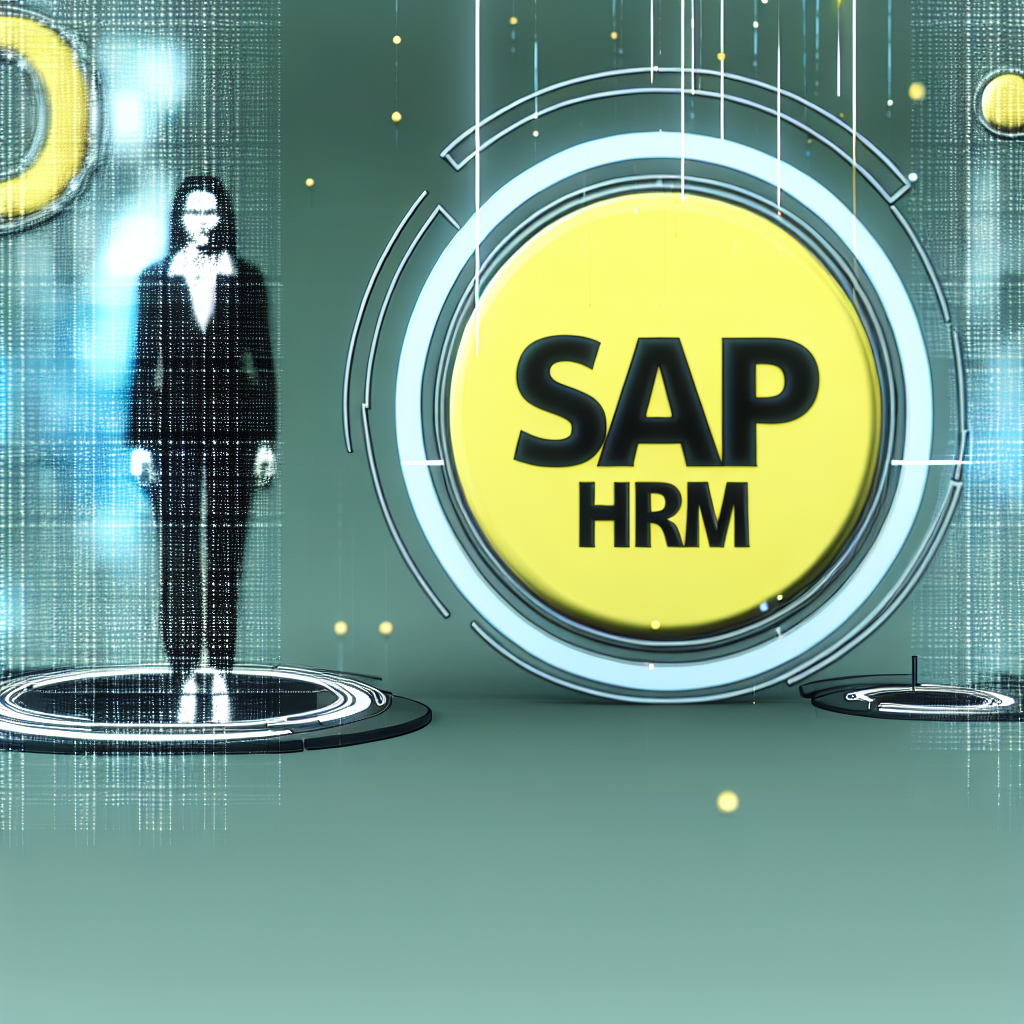
As Human Resource professionals, the evolving landscape of workplace management requires us to adapt and embrace innovative solutions. One such solution, SAP Human Capital Management (SAP HCM), offers a meticulous approach to streamline HR processes, ensuring organisational success through efficiency, accuracy, and data-driven insights. In this blog post, we will explore the significance, current trends, and key benefits of SAP HRM, offering practical advice for those looking to enhance their HR capabilities.
What is SAP HRM?
SAP Human Capital Management, commonly referred to as SAP HR or SAP HRMS, is an integral module within the SAP ERP (Enterprise Resource Planning) system. It is specifically tailored to manage a wide array of HR activities, facilitating the optimisation of processes from recruitment through to employee development.
Overall Overview
At its core, SAP HCM provides a comprehensive solution that encompasses various modules, including:
- Personnel Administration
- Organisational Management
- Time Management
- Payroll
- Benefits Management
- Talent Management
This extensive suite allows for the seamless management of human resources, keeping the workforce engaged and productive whilst aligning HR strategies with broader business objectives.
The Significance of SAP HRM
A Comprehensive Solution
The versatility of SAP HCM lies in its comprehensive suite that addresses the full spectrum of HR processes. By leveraging these modules, organisations are equipped to handle everything from payroll to talent management, streamlining operations and enhancing overall efficiency.
Strategic Value
HRM has significantly transformed from a strictly administrative role to a strategic function vital for organisational success. With SAP HCM, companies can:
- Attract and retain top-tier talent
- Motivate employees through tailored engagement strategies
- Offer career development opportunities
Such capabilities ensure that HR acts as a key player in achieving business objectives and fostering a culture of excellence.
Alignment with Business Objectives
By utilising SAP HCM, organisations can seamlessly align their HR strategies with overarching business goals. This alignment is essential for driving sustainable growth and improving overall business outcomes.
Current Trends in SAP HRM
Cloud Integration
The shift towards cloud-based solutions has become increasingly significant in HR management. SAP has introduced the SAP SuccessFactors suite, which enhances functionalities for everything from workforce planning to talent management. The integration of cloud technology offers:
- Predictive data analytics
- Improved accessibility for remote and hybrid workforces
- Real-time performance tracking
Innovative Capabilities
SAP HCM now boasts innovative features such as:
- Intelligent career exploration tools
- Comprehensive self-service options for employees
- Customised recommendations for training and development
These advancements enhance employee engagement, allowing HR managers to maintain a clear finger on the pulse of workforce productivity.
Data-Driven Decision-Making
With SAP HRM, HR professionals gain access to robust reporting and analytics tools that offer deep insights into workforce trends and employee performance metrics. This data-driven approach enables informed strategic decisions, benefiting the workforce as well as the organisation.
Key Benefits of Using SAP HRM
Enhanced Efficiency
Automation of many HR processes significantly reduces the need for manual data entry and administrative tasks. This increase in operational efficiency allows HR professionals to focus on more strategic initiatives rather than getting bogged down in routine paperwork.
Data Accuracy
Centralising employee information within the SAP system greatly enhances data accuracy. This precision is particularly crucial in contexts such as payroll processing and compliance, where inaccuracies can lead to serious repercussions.
Compliance
Staying compliant with labour laws is essential for any organisation. SAP HR assists in this endeavour by automatically calculating taxes, managing wage garnishments, and generating the requisite reports. Maintaining compliance not only reduces legal risks but also cultivates a positive organisational culture.
Improved Employee Experience
One of the standout features of SAP HCM is its self-service capabilities, which empower employees to access their information, request leave, and manage HR-related tasks independently. This autonomy leads to heightened job satisfaction and engagement.
Scalability
Whether an organisation is a startup or an established multinational entity, SAP HR is designed to adapt to a variety of sizes and structures. This scalability ensures that as businesses evolve, their HR systems can grow concurrently.
Innovation and Flexibility
Access to over 300 HR partner applications and pre-built extensions allows organisations to address specific needs efficiently. This level of flexibility fosters rapid innovation, which is critical in today’s dynamic business environment.
Conclusion
In conclusion, SAP HRM stands out as a powerful tool for modern organisations seeking to optimise their HR operations. From enhancing efficiency and data accuracy to meeting compliance requirements and improving employee experiences, SAP HRM offers numerous benefits. Its scalability and innovative capabilities make it a critical asset for HR professionals aiming to thrive in a fast-paced business landscape.
For those considering an upgrade to their HR systems, or simply exploring ways to be more efficient in their processes, SAP HCM represents a strategic investment with the potential for substantial returns. Embracing this technology may well be the key to keeping pace with industry trends and nurturing an engaged, productive workforce.
For more information on SAP HRM and how it can benefit your organisation, please visit SAP’s official website.
Vadim Kouznetsov is a distinguished entrepreneur and the visionary founder and CEO of JobXDubai.com, the UAE’s rapidly expanding job board. Renowned for his expertise in bridging the gap between job seekers and employment opportunities, Vadim has become a leading authority in the recruitment and job market of Dubai.
